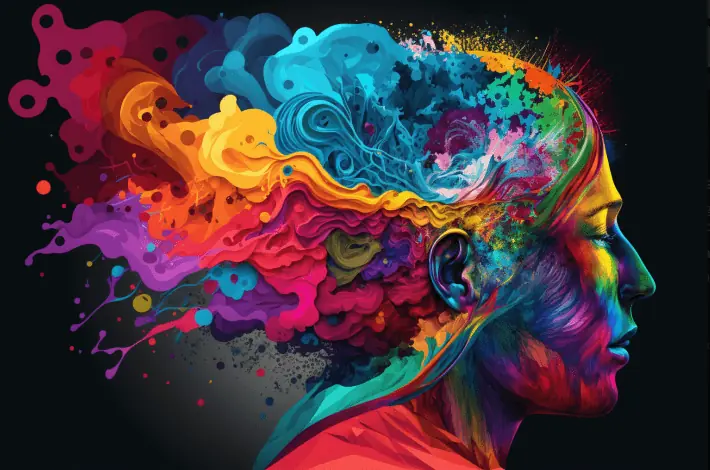Design is not just about creating aesthetically pleasing visuals; it’s deeply intertwined with psychology. Understanding how design elements influence perception, emotions, and behavior can significantly enhance the effectiveness of your work. This guide explores the psychological principles behind design and how they can be applied to create compelling, impactful designs.
Understanding the Basics of Design Psychology
What is Design Psychology?
Design psychology examines how visual elements in design affect human emotions, perceptions, and behaviors. It combines principles from psychology with design theory to understand how people interact with and respond to visual stimuli. By leveraging these insights, designers can create more engaging and effective visual communications.
The Role of Perception
Perception is the process by which individuals interpret and make sense of sensory information. In design, perception influences how viewers understand and react to visual elements. Key factors include:
- Visual Hierarchy: The arrangement of elements in a way that guides viewers’ attention. Effective visual hierarchy ensures that the most important information stands out.
- Gestalt Principles: Psychological theories explaining how people naturally organize visual elements into groups or unified wholes. Principles such as proximity, similarity, and closure help designers create coherent and intuitive designs.


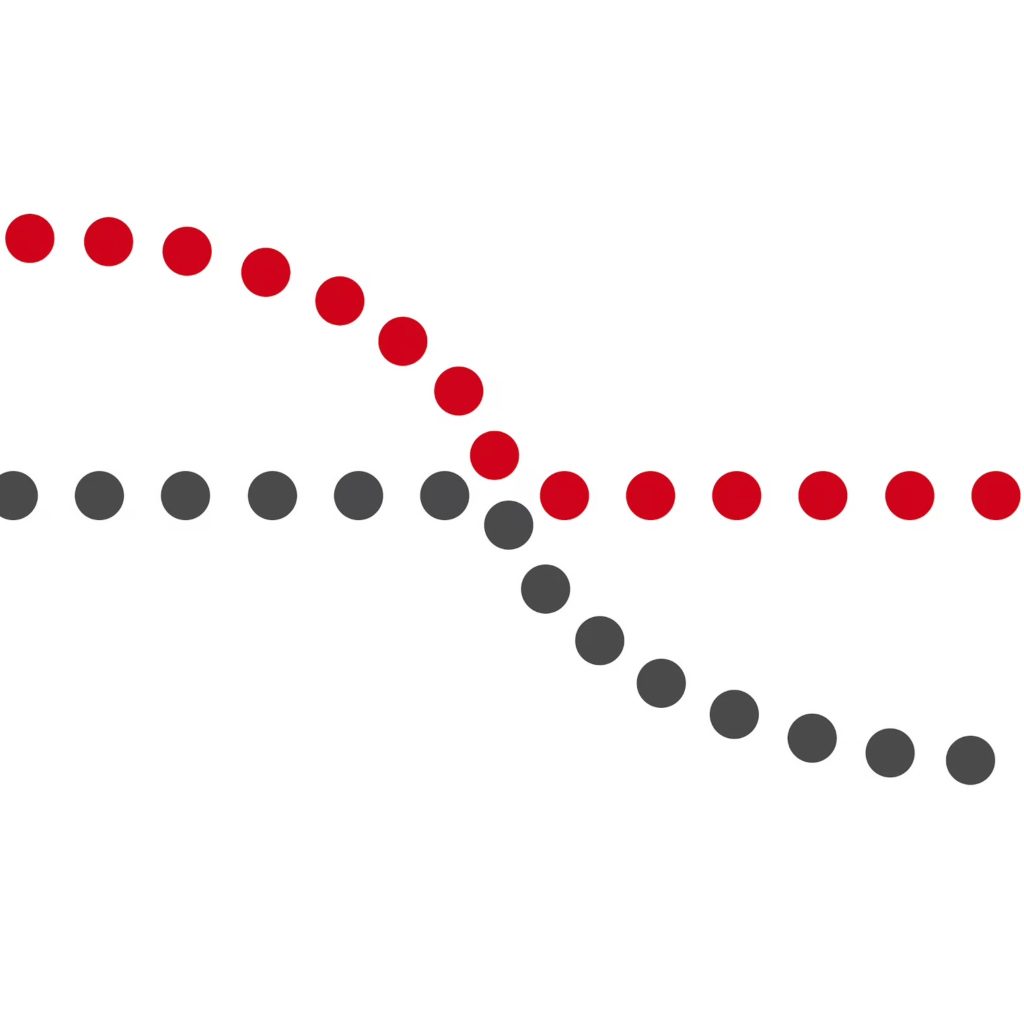
Color Psychology
Emotional Responses to Color
Colors evoke different emotions and associations, making them a powerful tool in design. Understanding color psychology helps designers choose colors that align with the intended message and emotional impact.
- Red: Associated with excitement, urgency, and passion. Often used to create a sense of urgency or draw attention.
- Blue: Conveys trust, calm, and professionalism. Commonly used in corporate and healthcare designs to promote a sense of reliability.
- Green: Represents nature, health, and tranquility. Frequently used in designs related to sustainability and wellness.
- Yellow: Evokes happiness, energy, and optimism. Effective for grabbing attention but should be used sparingly to avoid overwhelming viewers.
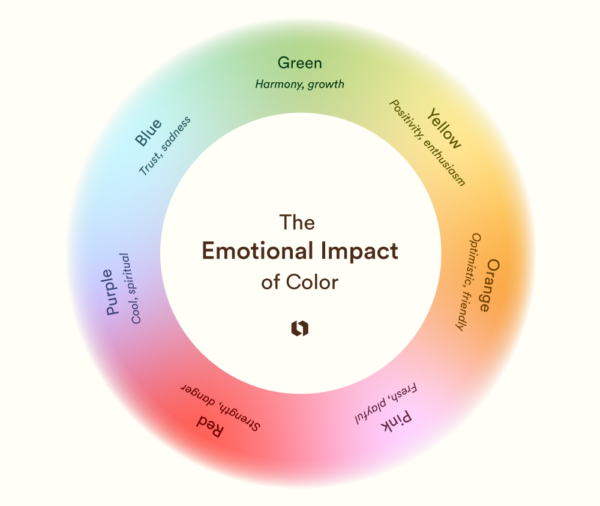
Color Combinations and Contrast
- Complementary Colors: Colors opposite each other on the color wheel, providing high contrast and vibrant looks.
- Analogous Colors: Colors next to each other on the wheel, creating harmonious and cohesive designs.
- Triadic Colors: Three colors evenly spaced on the wheel, offering a balanced yet dynamic color scheme.

Typography and Its Psychological Impact
The Power of Typeface
Typography plays a crucial role in how text is perceived and understood. Different typefaces can evoke various emotions and influence readability.
- Serif Fonts: Associated with tradition, reliability, and formality. Often used in print media and high-end branding.
- Sans-Serif Fonts: Conveys modernity, simplicity, and cleanliness. Popular in digital interfaces for its readability.
- Script Fonts: Impart elegance, creativity, and personal touch. Suitable for invitations and branding where a more personalized feel is desired.
Readability and Legibility
- Line Length: Longer lines can be harder to read, while shorter lines improve readability.
- Font Size and Spacing: Adequate font size and spacing between lines (leading) and characters (kerning) enhance readability and user experience.
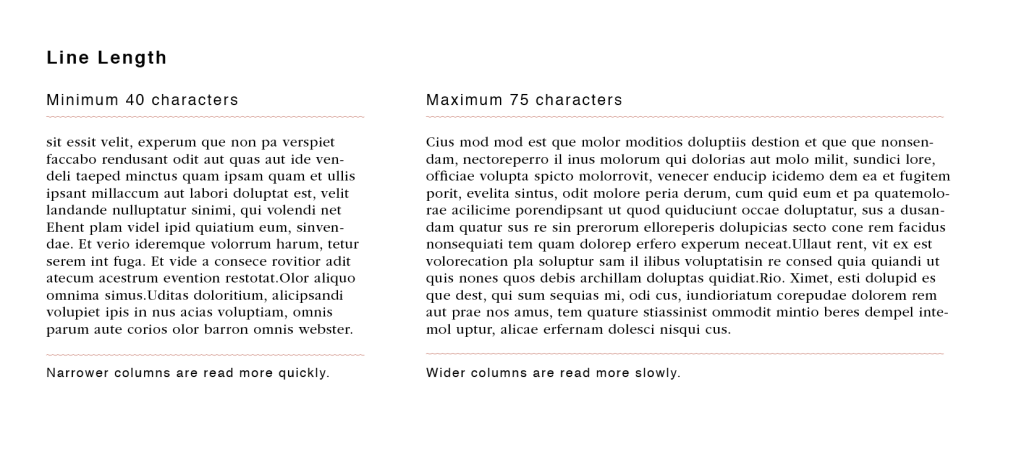
Visual Hierarchy and User Experience
Creating Effective Hierarchy
Visual hierarchy helps users navigate content and understand its structure. Effective hierarchy is achieved through:
- Size and Scale: Larger elements attract more attention. Use size to emphasize important information.
- Contrast and Color: High contrast between text and background makes content more readable and draws attention to key elements.
- Alignment and Proximity: Proper alignment and proximity group related elements together, aiding comprehension and visual flow.
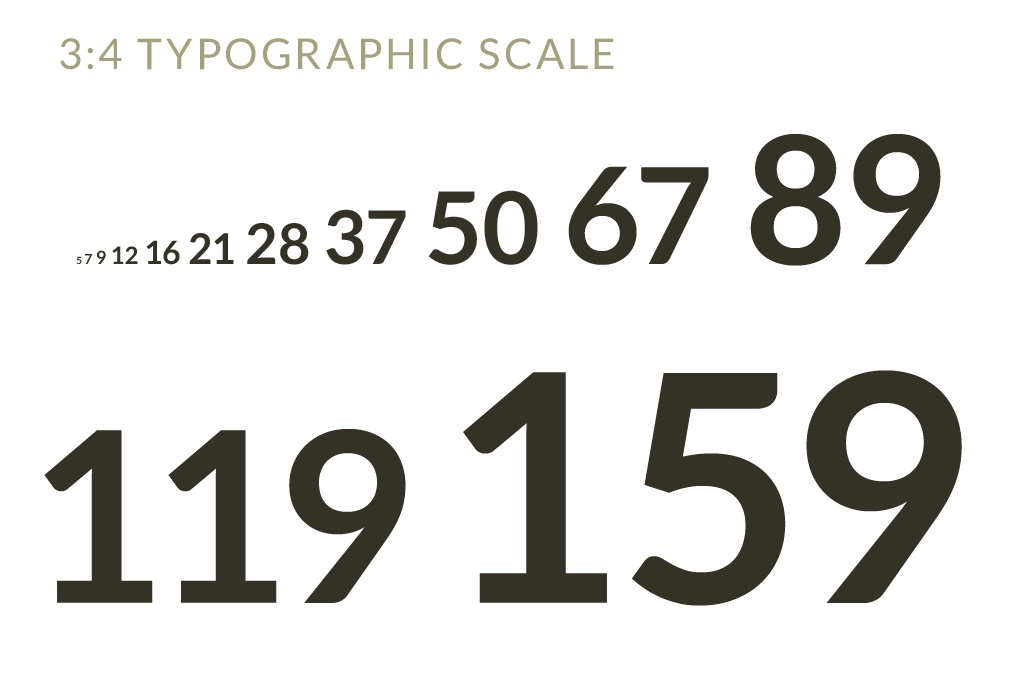
User-Centered Design
Design should prioritize the needs and preferences of users. Understanding user behavior and cognitive processes allows designers to create intuitive and user-friendly interfaces.
- User Research: Conduct research to understand target audiences’ preferences, behaviors, and pain points.
- Usability Testing: Test designs with real users to identify issues and gather feedback for improvements.
The Role of Emotion in Design
Emotional Design
Emotional design focuses on creating designs that evoke specific feelings and connections with users. This approach can enhance user engagement and satisfaction.
- Storytelling: Use narrative elements to connect with users on an emotional level and create memorable experiences.
- Visual Appeal: Aesthetically pleasing designs that align with users’ emotions and expectations foster positive interactions.
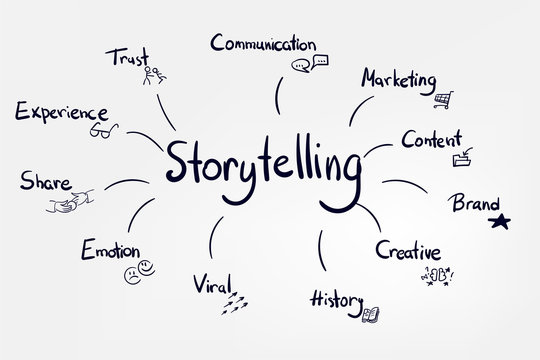
Designing for Positive Experiences
- Aesthetics and Usability: Balance visual appeal with functionality to ensure a positive user experience.
- Feedback and Rewards: Provide visual feedback and rewards (e.g., animations, progress indicators) to reinforce positive behaviors and engagement.
Cognitive Load and Design Efficiency
Reducing Cognitive Load
Cognitive load refers to the mental effort required to process information. Effective design minimizes cognitive load by presenting information clearly and concisely.
- Simplicity: Avoid clutter and complexity. Use clean layouts and straightforward navigation to enhance usability.
- Consistency: Maintain consistency in design elements (e.g., colors, fonts, icons) to help users predict and understand interactions.
Information Architecture
Organize content in a logical and intuitive manner to facilitate easy navigation and comprehension. Effective information architecture helps users find what they need quickly and efficiently.
Image Suggestion: Examples of information architecture in web design, including site maps and navigation structures.
Integration with Existing Resources
For additional insights into becoming a graphic designer and understanding design principles, you can explore these resources:
- How to Become a Graphic Designer: A comprehensive guide on starting a career in graphic design, including essential skills and industry tips.
- Inside Out: A Psychological Approach to Design: An in-depth look at how psychological principles can be applied to design for more impactful results.
Conclusion
The psychology of design is a powerful tool for creating compelling and effective visual communications. By understanding how design elements influence perception, emotions, and behavior, designers can craft experiences that resonate with audiences and achieve their intended impact. Applying these psychological principles can lead to more engaging, user-friendly, and meaningful designs.
Exploring the psychological aspects of design not only enhances your creative work but also helps you connect with users on a deeper level. As you incorporate these insights into your design process, you’ll be better equipped to create designs that are both visually appealing and psychologically impactful.

